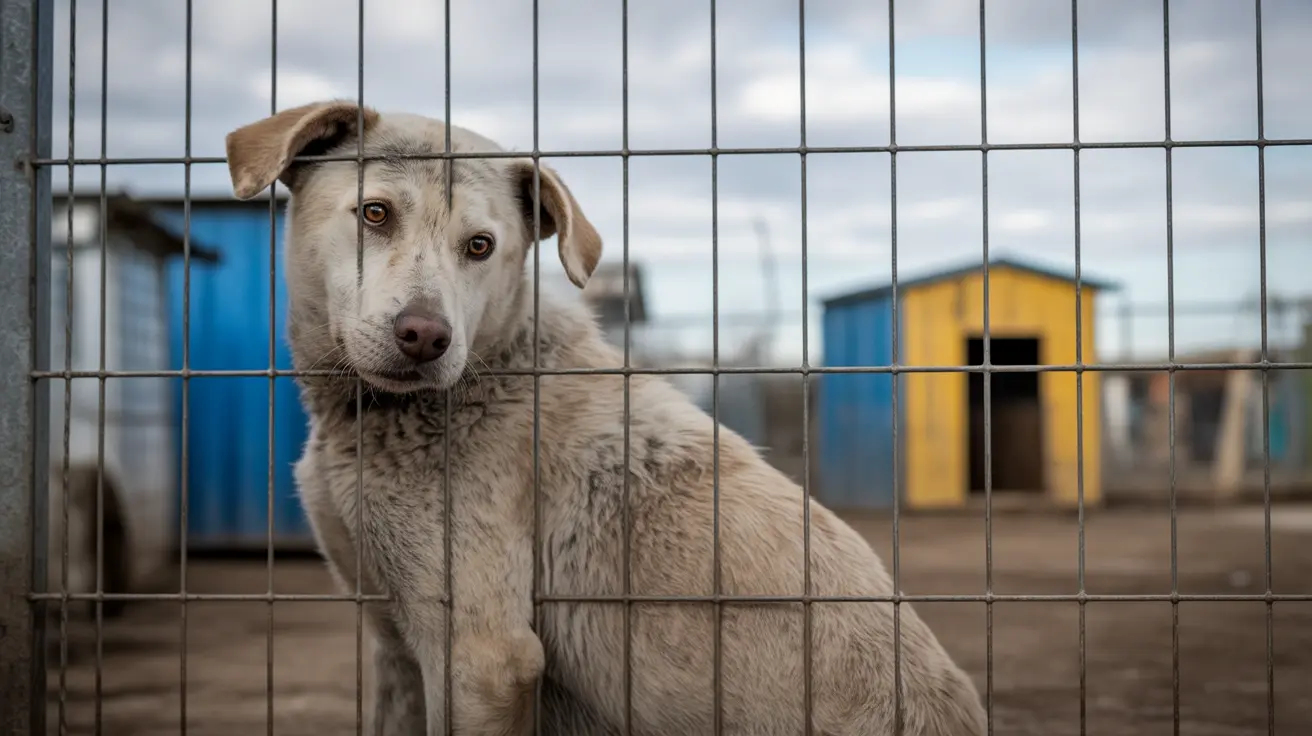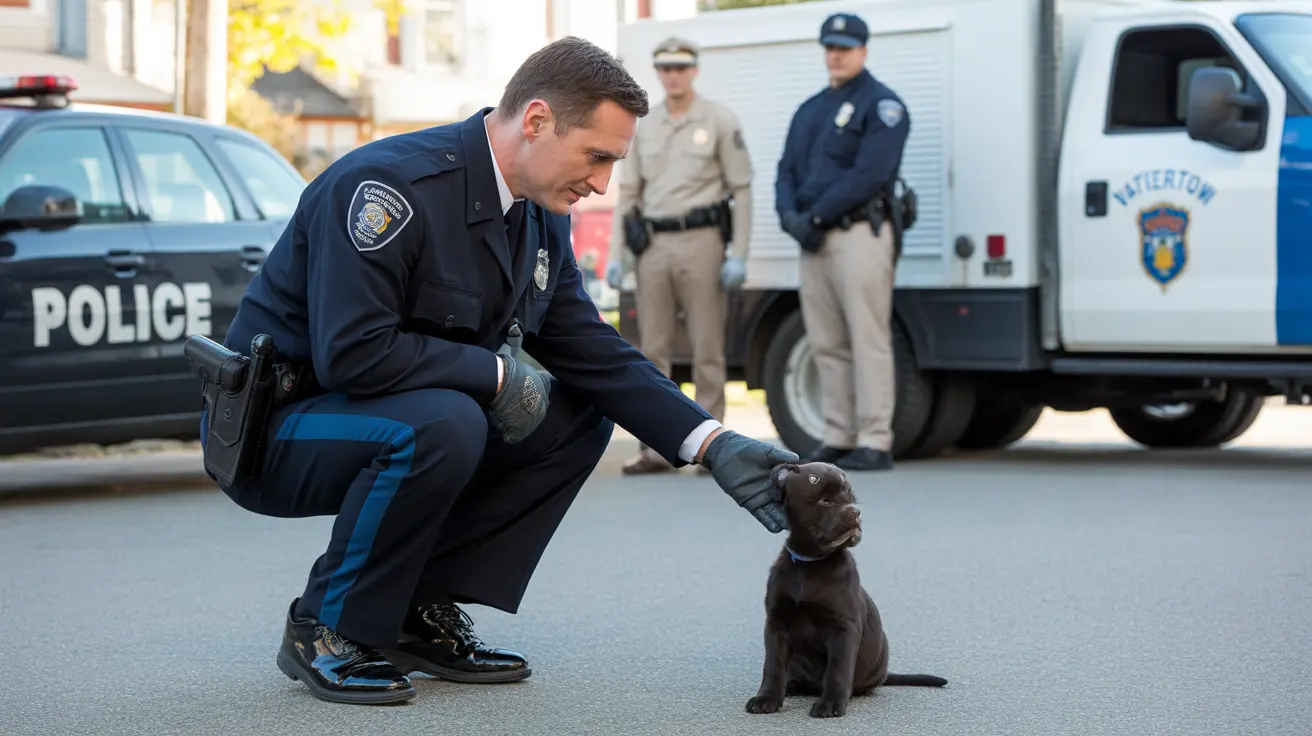Why Dogs Are Attracted to Women's Underwear
Dogs are known for their extraordinary sense of smell, but this can sometimes lead them to exhibit behaviors that are baffling or even embarrassing to their human companions. One curious and often awkward behavior is dogs' attraction to women's underwear. While it might seem odd or even inappropriate, there are clear biological and behavioral reasons behind this tendency. Below, we explore the science, psychology, and preventive measures related to this behavior.
The Power of a Dog’s Nose
Dogs have a sense of smell that is estimated to be 10,000 to 100,000 times more sensitive than that of humans. With around 300 million olfactory receptors, compared to a human’s 6 million, dogs can detect even the faintest of odors. This heightened ability means they are drawn to strong and distinct smells—like those found in a person’s underwear.
Why Women's Underwear Specifically?
There are several reasons why dogs may be particularly attracted to women’s underwear:
- Hormonal scents: Women’s bodies release specific pheromones and hormones that increase during ovulation, menstruation, or pregnancy. These natural odors are often present in underwear and are strongly attractive to dogs.
- Salt and sweat: Dogs crave the scent and taste of salts and proteins found in sweat, particularly in well-worn clothing.
- Natural curiosity: Dogs are inherently curious and explore their environment through scent. Underwear presents a novel smell within their living space.
- Bonding behavior: Smelling clothing helps dogs feel close to their owners. An item so intimate and unique to your scent can bring them comfort in your absence.
Puppies vs. Adult Dogs
While both puppies and adult dogs may be inclined to dig through laundry, the motivations can vary:
- Puppies: They are exploring the world and often chew on clothing, including underwear, to soothe teething discomfort and learn new textures.
- Adult dogs: They are more driven by scent and may engage in this behavior due to anxiety, boredom, or the need to reestablish a bond with their human.
When It Becomes a Problem
While sniffing your laundry may seem harmless, the behavior can become problematic if your dog:
- Consistently steals clothing and displays possessiveness or aggression over it.
- Ingests underwear, which can lead to serious medical complications such as intestinal blockages.
- Shows signs of anxiety or obsessive behavior over specific garments.
In cases where this behavior escalates, it may be time to consult your veterinarian or a canine behaviorist.
Preventing the Behavior
To keep your dog away from underwear and avoid any health issues or embarrassment, consider the following strategies:
- Keep laundry out of reach: Use closed hampers and keep bedroom doors closed when you're not home.
- Provide alternative stimulation: Offer chew toys, scent puzzles, or treat-dispensing activities to redirect their interest.
- Train leave-it and drop-it commands: Teach your dog obedience commands to discourage stealing behaviors.
- Regular exercise: A bored dog is more likely to get into mischief. Ensure daily physical and mental stimulation.
- Monitor anxious behavior: Dogs experiencing separation anxiety may cling to objects with your scent. Behavioral therapy or vet-guided intervention may help.
Understanding Canine Psychology
Dogs are pack animals. The closer they feel to you, the more they want to bask in your scent. For dogs, scent is memory—it triggers emotional associations, safety, comfort, and even excitement. Underwear, being intimate and pungently scented, represents a high-value item in this context.
Final Thoughts
Your dog sniffing or stealing your underwear is not a sign of perversion or poor training—it is a natural response to your scent. However, setting boundaries, providing enrichment, and understanding the behavior’s underlying reasons can ensure it remains a quirky trait rather than a destructive habit.
By viewing the issue through the lens of canine behavior and biology, we can better understand our furry companions and foster a more harmonious co-living environment.





